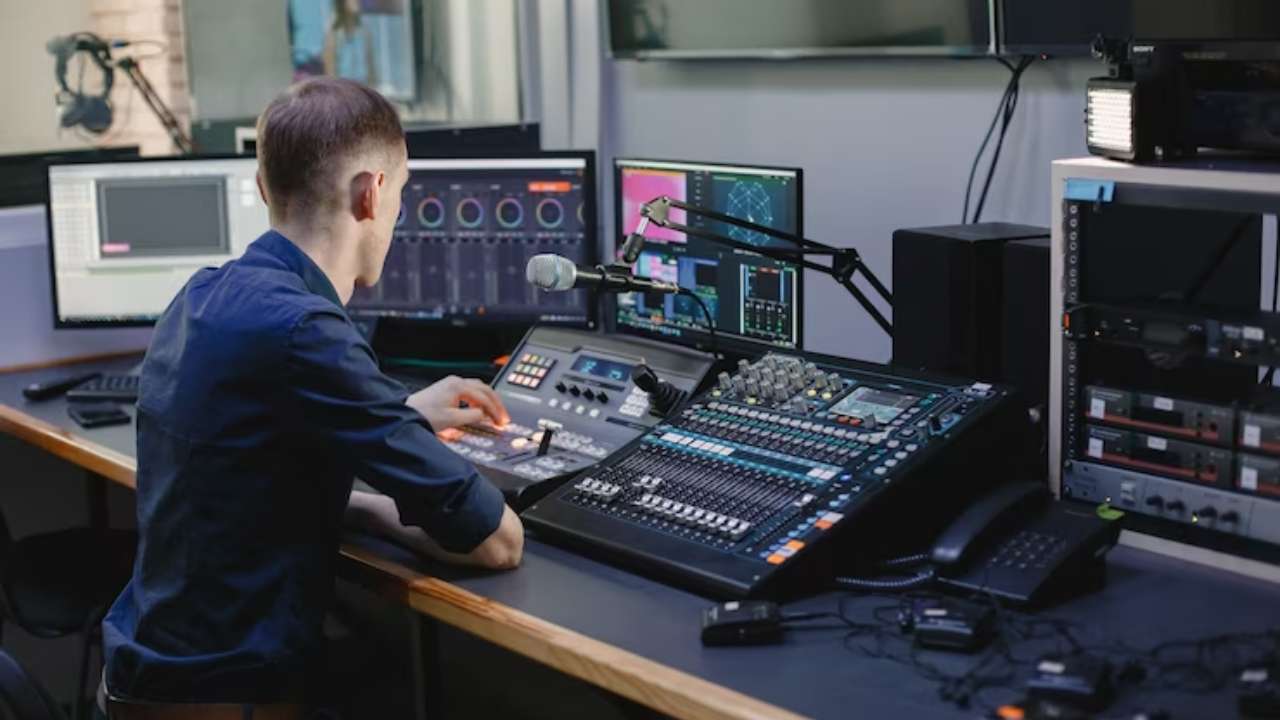The initial step in effective surveillance camera placement is to locate vulnerable areas within the store. Such areas typically consist of entry points and exits, checkout registers, and aisles where high-value items are displayed. By installing surveillance devices in these locations, retailers can observe customer behavior and spot questionable conduct. Additionally, surveillance systems at entrances can record footage of individuals entering and exiting the retail space, which is essential for identifying potential shoplifters. This preventive strategy aids in reducing loss and ensuring a safe atmosphere.
A further key factor is the kind of camera used in the retail space. Different types of cameras serve distinct purposes. For example, dome surveillance cameras are commonly used for internal monitoring because they are less obtrusive and can monitor a broad space. Conversely, bullet cameras are best for external application, as they are more visible and can deter criminal behavior. Store owners should evaluate their particular requirements and choose the appropriate camera models to guarantee complete monitoring of the store.

In addition to camera types, the position and elevation at which surveillance devices are installed play a significant part in their efficacy. Surveillance devices should be set at a height More Help that allows for unobstructed viewing of faces and actions without being easily tampered with. A common recommendation is to mount surveillance devices at least 8 to ten feet off the floor. Additionally, surveillance devices should be angled to monitor as wide area as possible while avoiding areas without coverage. This tactical placement ensures that all zones of the retail space are observed, providing a complete perspective of shopper engagements and potential security threats.
Finally, it is crucial for retailers to regularly review and service their monitoring systems. This includes inspecting camera functionality, confirming that footage are clear, and updating programs as required. Regular maintenance aids to avoid technical issues that could jeopardize safety. Additionally, retailers should analyze recordings regularly to identify trends in shopper actions and potential safety risks. By remaining proactive and attentive to their surveillance equipment, retailers can create a more secure retail environment and protect their resources efficiently.